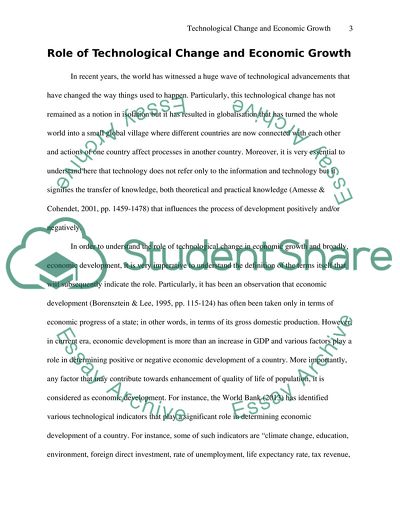Cite this document
(Technological Change and Economic Growth Research Paper - 1, n.d.)
Technological Change and Economic Growth Research Paper - 1. https://studentshare.org/macro-microeconomics/1801629-technological-change-and-economic-growth
Technological Change and Economic Growth Research Paper - 1. https://studentshare.org/macro-microeconomics/1801629-technological-change-and-economic-growth
(Technological Change and Economic Growth Research Paper - 1)
Technological Change and Economic Growth Research Paper - 1. https://studentshare.org/macro-microeconomics/1801629-technological-change-and-economic-growth.
Technological Change and Economic Growth Research Paper - 1. https://studentshare.org/macro-microeconomics/1801629-technological-change-and-economic-growth.
“Technological Change and Economic Growth Research Paper - 1”. https://studentshare.org/macro-microeconomics/1801629-technological-change-and-economic-growth.


